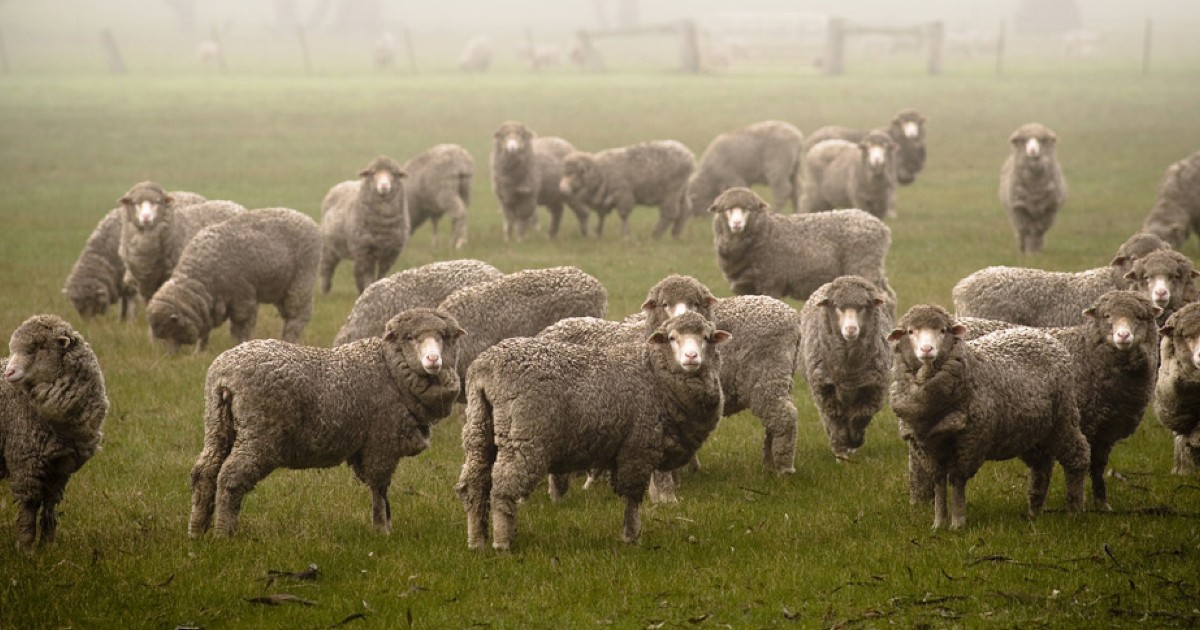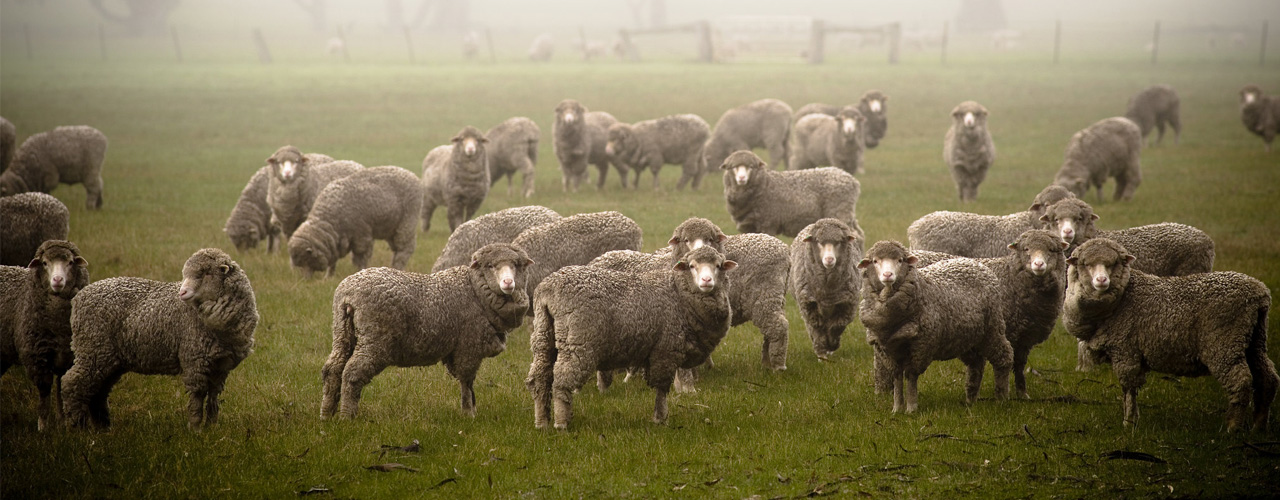Insights February 2024

Insights February 2024
Commodity Overview
- Lamb prices have made a strong start in 2024 and are expected to hold at current levels for the next few weeks. The early turn-off of light weight lambs is expected to tighten supply in the first half of this year.
- Domestic demand for lamb has returned after retail prices softened at the end of 2023. Last year was a record year for lamb exports, exceeding the previous record set in 2022 by 14.7 per cent.
The Australian lamb market has made a strong recovery since the start of December. Prices have lifted as improved seasonal conditions have seen restockers return to the market. The National Trade Lamb Indicator (NTLI) gained 245 cents (+55.3 per cent) since the middle of November 2023. The NTLI now only trails this time last year by 113 cents (-14.2 per cent). Prices have since softened from a peak in mid-January as restocker appetite slowed and the market corrected following the spike caused by rains on the east coast. Lamb prices are expected to remain steady to slightly firmer over the next few weeks.
The high slaughter rates of lambs has continued into 2024. The average weekly slaughter in January was up over 72 thousand head (+20.9 per cent) from January 2023. Lamb slaughter rates are expected to remain high going forward, as processors have increased their capacity to manage the influx of stock throughout 2023. The increase in processor capacity will apply upward pressure to the market in 2024.
The supply of lambs is expected to tighten over the next few months, as increased slaughter rates in the second half of 2023 will limit the number of lambs available. Dry seasonal conditions saw an increase in the number of lambs turned off and slaughtered at lighter weights rather than returned to the paddock. This, paired with improved seasonal conditions, will provide support to prices in the first half of 2024.
Domestic demand for lamb has returned as retail prices remain at lower levels. Retail prices fell in the second half of 2023 in response to the cheaper saleyard prices. The recent improvement in the market will eventually be passed on to consumers. Cost of living pressures may see consumer demand have an elastic market response to higher retail prices. Export volumes have continued to trend well above average levels. Last year saw a record 326,013 tonnes of lamb exported, up 14.7 per cent from the previous record in 2022. Export volumes were supported by strong recovery from China after a quieter year in 2022, as China’s export volume increased by 29.9 per cent. In contrast, lamb exports to the US fell by 11.6 per cent from the record year in 2022. Strong export volumes continued in January, with 25,173 tonnes exported. January’s export volume was 38.4 per cent above January last year, and 34.3 per cent above the five-year average for the month. Export volumes were supported by high slaughter rates over the past 12 months. Export demand is expected to come under pressure as the higher lamb prices are passed on to processors and consumers.
Mutton prices have started to recover over the past two months. The National Mutton Indicator has gained 100 cents (+49 per cent) since the start of December. The supply of mutton has remained elevated, with mutton slaughter in January up over 22 thousand head (+16.5 per cent) compared to last year. 2023 was a record year for mutton exports, with the 209,580 tonnes exceeding the previous record set in 2014 by 12.7 per cent. China remained Australia’s largest trading partner in 2023, accounting for 47 per cent of the trade. Mutton prices are expected to continue higher over the next few weeks as supply is expected to slow in response to the improved seasonal conditions.


Source: Meat & Livestock Australia
Most Popular
Subscribe to insights today
Receive reports direct to your email by subscribing to Rural Bank Insights.


